Mother's Day Home Tour
Saturday & Sunday, May 11 & 12, 2025
12 – 4 pm
Millwood: A Model Community
The 33rd Annual MAC Mother's Day Home Tour features houses built by and around the Inland Empire Paper Company for the hundreds of workers drawn to the area after it opened operations in 1911.
$25 for MAC members
$30 for non-members
$15 for children ages 6-17
Children 5 and under are free
- Each participant’s ticket is a booklet filled with historical insights about the homes.
- Tickets available online or at the museum in advance.
- You may also purchase tickets at the check-in and ticket table at Millwood Community Presbyterian Church on Saturday or Sunday. Those who purchase their tickets online may pick up their booklets at the check-in station.
- You are welcome to visit all houses in one day or split the tour between Saturday and Sunday.
Presented by

Additional support provided by

About the Homes
The paper mill took an active role in expanding housing for its own employees and those of other businesses in the growing area. Along with a home loan option and lots for sale, the company provided pattern books for employees, offering inspiration and architectural plans for home construction to make Millwood a section of uniformly attractive homes for both workers and executives. In 2001, The Millwood Historic District was listed on the National Register of Historic Places.
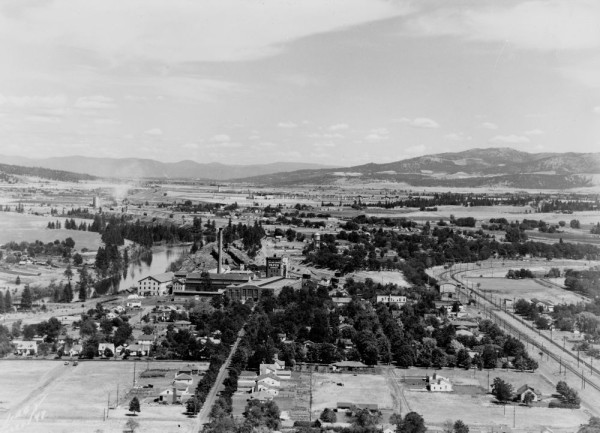
The self-guided tour explores five homes from the 1920s, as well as the Hutton Settlement.
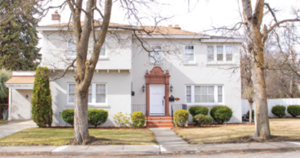
Brazeau House (1926)
This large Italian-style villa was designed for Inland Empire Paper Company executive and first mayor of Millwood, William A. Brazeau, and his wife Amy Helen.

Stevens House (1926)
This Craftsman bungalow-style home was built as part of the mill’s employee mortgage financing program.
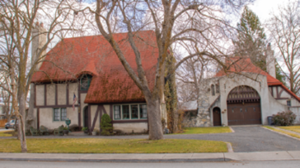
Rosebush House (1923)
The Rosebush home and its carriage house, the most famous home in Millwood, gives the appearance of a country cottage from a French fairy tale.

Clearwaters House (1928)
The Clearwaters House was one of the homes built by the mill in 1928. The two-story brick home is influenced by European Cottage styles.
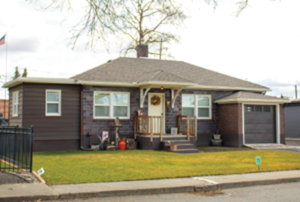
Van Steenbergen House (1928)
Shoemaker Peter Van Steenbergen and his wife, Emma, built this small house on a large lot that included Peter’s shoe repair shop.
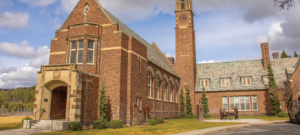
Hutton Settlement (1919)
In 1917, architect Levi “Al” Whitehouse visited orphanages nationwide to create an ideal design for the home-like buildings of the Hutton Settlement.